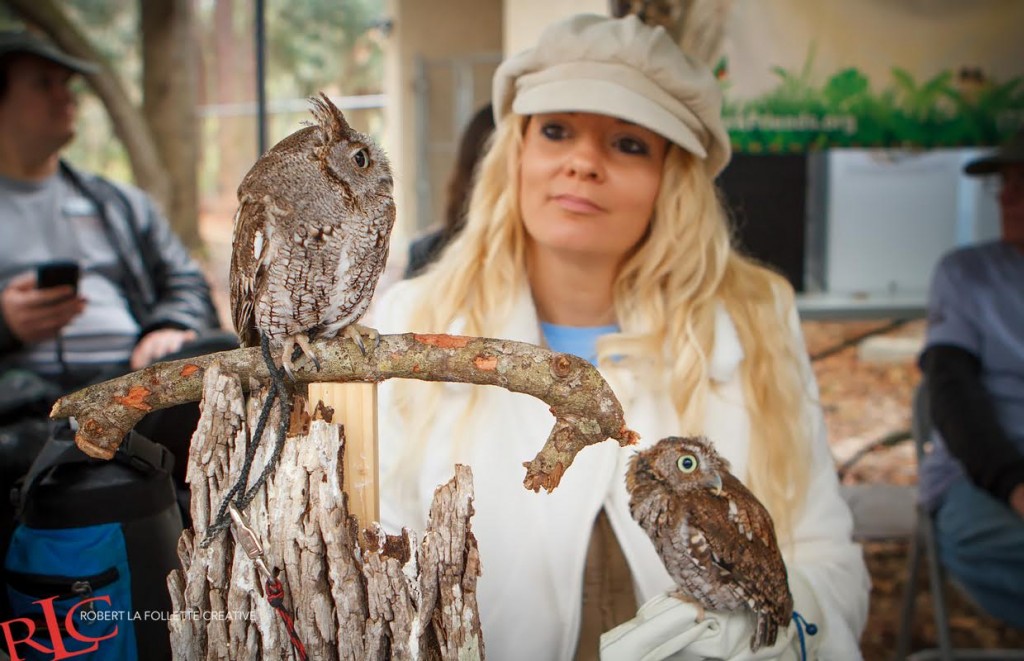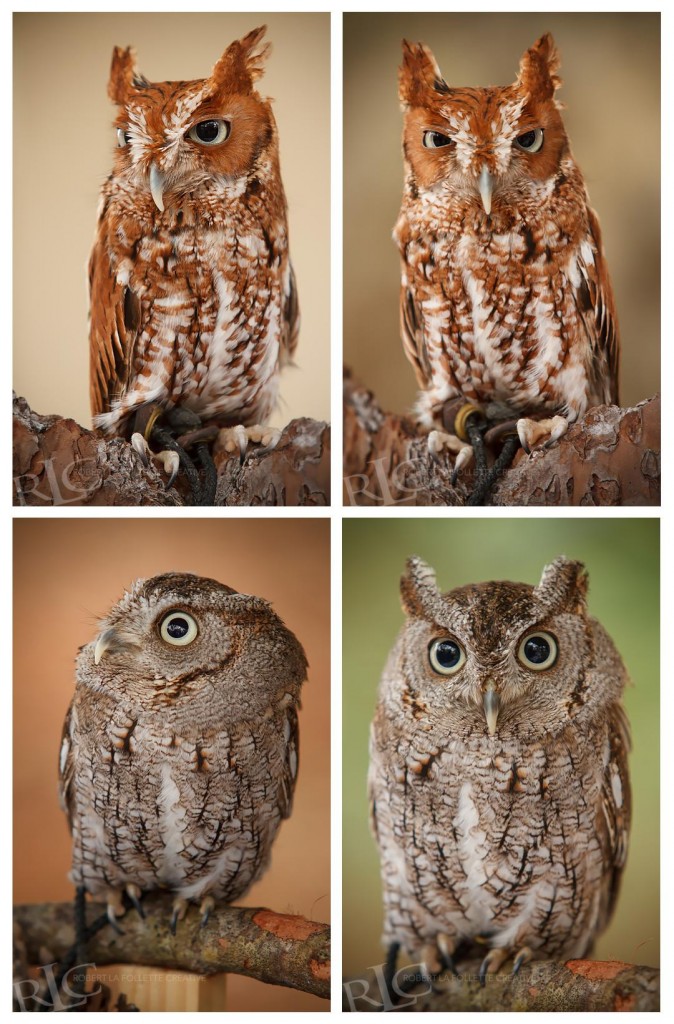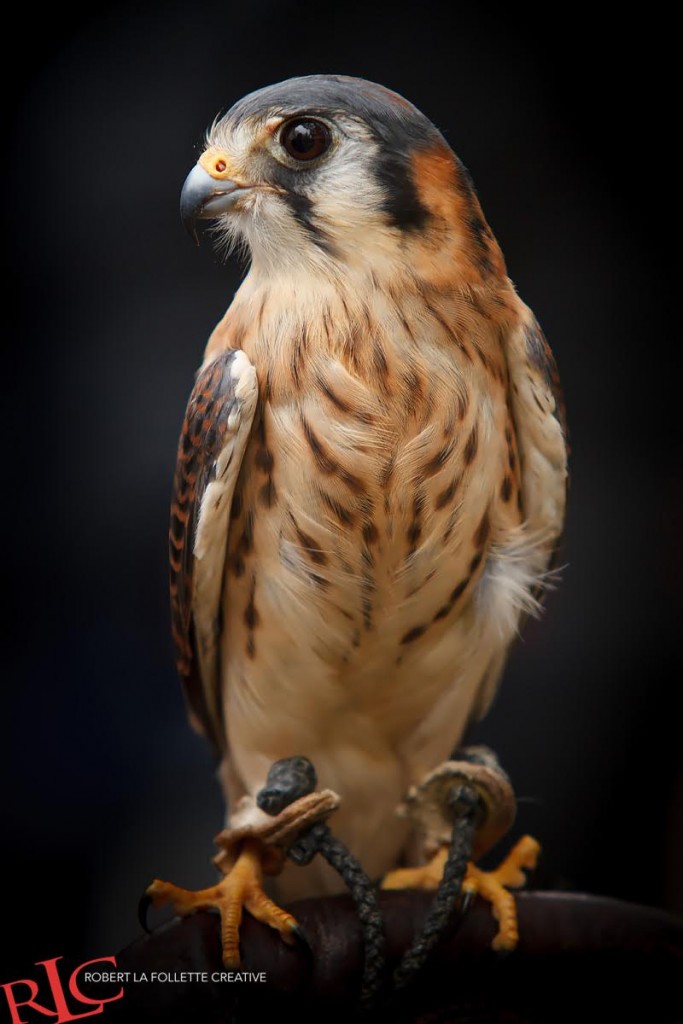Ever wonder how wildlife photographers get those amazing backgrounds? Sometimes it’s luck, but it’s those photographers who actually see the world “past” their subject that will have the most luck and it doesn’t take a professional to “see” the world behind them and you too can learn to see those creative backgrounds once you tune into the world of backgrounds.
While my wife was sitting at the tent area with their birds of prey they had a little display where she put a few of their Screech Owls sitting on displays that represent the type of trees they favor for each one was similar to their coloring so they can effectively camouflage themselves from larger predators. (seen in the first photo).

I wanted to grab a few studio quality photos of these cuties so I turned to my trusty 70-200mm f/2.8 lens and setting my camera at f/3.2 and ISO 400 at 200mm I was easily able to not only fill the frame with the owls but the very shallow aperture gave me a very creamy and out of focus background. Now as you can see in the second photo collage I photographed 2 different owls but each one has a completely different background color. So how does one do that?
By simply moving a foot either to my left or my right I easily changed that background to whatever color was available in the background and since telephoto lenses compress backgrounds at a greater amount then wider lenses combined with a very wide aperture I selected my only challenge was to find either contrasting or complimentary colors.
The only thing to remember is that the further away the background is to your subject the easier and more out of focus that background will become thus it is ideal to find an angle to get as much distance as you can. The background I used in the second photo was a building wall, a tree trunk, my wife’s coat and a oak leaves of a tree. Pretty simple huh? If I hadn’t of told you maybe you would of swore I took them all in a studio when in reality it was on a table at an outdoor festival.
In the last photo which is of a Kestrel Hawk, I did the same technique but this time the background was believe it or not a person who was wearing a black sweatshirt about 20 feet behind the hawk. So remember, “The background is just as important, if not sometimes more important, then the subject itself” and with a little practice you can learn to “see” how just moving slightly or changing your angle can dramatically change the background and the result.
By Instructor: Robert La Follette
Robert Teaches:











